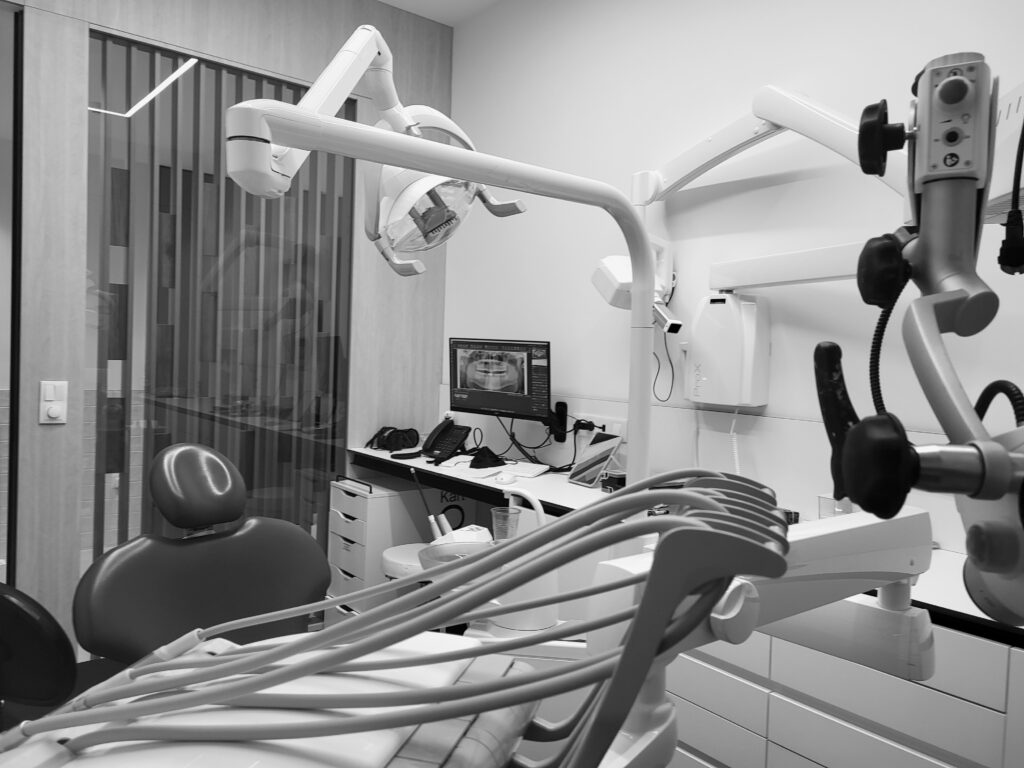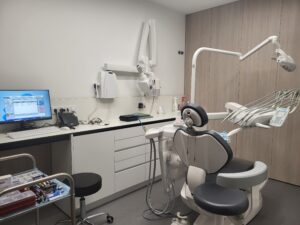When it comes to getting dental implants abroad, modern medicine has continuously evolved thanks to increasingly advanced technologies. One of the major innovations in the surgical field is guided surgery, which allows for procedures to be performed with exceptional precision while minimizing patient discomfort. This cutting-edge technique is transforming the way surgery is performed. Let’s take a closer look at how it works, its advantages, who it is designed for, and why it is revolutionizing modern dentistry and beyond.
Guided Surgery for Dental Implants Abroad
Guided surgery relies on advanced technology such as navigation systems supported by imaging (MRI, CT scans) and high-precision software. These tools enable surgeons to plan and perform surgical procedures with full visibility of the treatment area. The guidance systems provide real-time data, allowing the surgeon to precisely follow the path to the target area.
Using 3D imaging and specialized software, doctors can accurately identify the location of organs, tissues, or lesions, significantly reducing the risk of injury or complications.
The Benefits of Guided Surgery
Guided surgery offers multiple benefits—for both patients and surgeons. Here are the main advantages:
-
Increased precision: Guided surgery drastically reduces the risk of errors during the procedure. Its millimetric accuracy allows the surgeon to precisely target the treatment area, leading to more reliable outcomes and fewer complications.
-
Faster recovery: Because procedures are often less invasive, recovery times are significantly shorter. Less trauma to healthy tissue means reduced postoperative pain and quicker healing.
-
Reduced risk of complications: Better planning and real-time monitoring help the surgeon avoid damaging vital structures and allow immediate adjustments if necessary.
-
Less pain: One of the most important benefits is the reduction in postoperative pain. With minimal incisions and limited tissue trauma, patients experience faster healing and require fewer painkillers.
Who Can Benefit from Guided Surgery?
Guided surgery is suitable for a wide range of patients, especially those undergoing complex procedures. It is commonly used in:
-
Orthopedic surgery: For implant placement, complex fracture repairs, or joint replacements.
-
Neurosurgery: In the treatment of brain tumors or central nervous system injuries.
-
Cardiac surgery: During delicate procedures involving the heart and blood vessels.
-
Spinal surgery: For decompression or spinal fixation surgeries.
In summary, this technique is ideal for procedures that demand extreme precision, where even a millimeter can make a difference.
Unmatched Accuracy During Surgery
Millimetric precision is one of the main strengths of guided surgery. This technique allows surgeons to perform highly accurate movements, reducing the margin for human error and increasing the success rate of procedures. In areas such as brain surgery or implant placement in joints, even the smallest precision gap can significantly affect the outcome. Navigation tools ensure the surgeon adheres to a carefully defined surgical plan, avoiding healthy tissues and protecting essential structures.
Pain-Free Procedures Thanks to No Incisions
One of the most appealing aspects of guided surgery is the possibility of performing procedures with little to no incision. Unlike traditional surgery, which often requires large and deep cuts, guided surgery uses minimally invasive access routes, sometimes even via endoscopy. This leads to:
-
Less postoperative pain: Fewer and smaller incisions mean less discomfort after surgery.
-
Faster healing: Smaller scars and quicker recovery allow patients to resume daily activities much sooner.
-
Lower risk of infection: Fewer cuts reduce the risk of postoperative infections.
Cutting-Edge Technology Not Available Everywhere
The equipment used in guided surgery is state-of-the-art—and often very expensive. It includes 3D navigation systems, surgical planning software, and high-resolution imaging devices like MRI and CT scanners that provide real-time data to assist surgeons.
However, despite the effectiveness of these technologies, their high cost limits accessibility. Not all hospitals or practitioners have access to this equipment due to the significant investment required. Additionally, maintenance and regular software updates demand further resources. This explains why guided surgery, although expanding rapidly, is still relatively exclusive and mainly available in specialized clinics or healthcare facilities.
Guided surgery represents the future of surgical medicine, offering a perfect blend of precision, comfort, and safety. With the ability to perform complex procedures accurately while reducing pain and risk, this method is set to become the standard in modern surgery.
Although access to these high-tech tools is still limited, their potential to revolutionize healthcare is undeniable. In the years to come, we can expect more and more patients to benefit from this advancement—bringing with it safer, more efficient care. Guided surgery is not just a technical leap forward; it is also a major step toward a more human-centered and patient-friendly approach to medicine.





